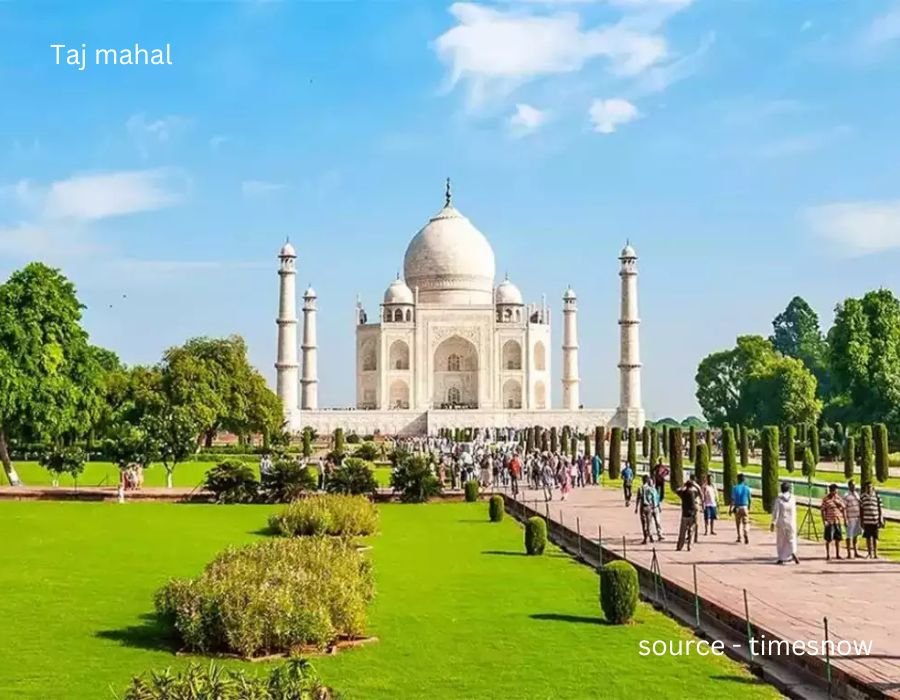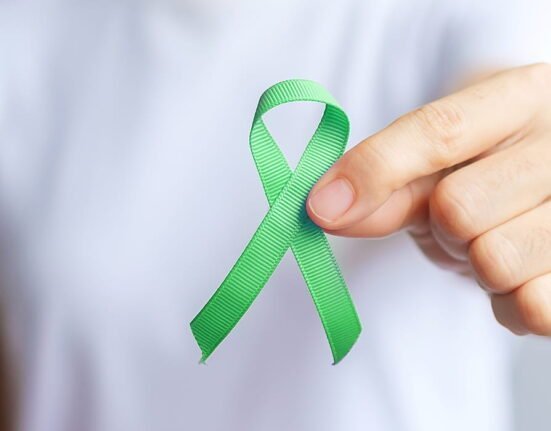One of the most notable challenges that human race is desperate for, is fear of death which is a shadow that looms larger than the death itself. Natural catastrophe, starvation, insurgency, biowarfare etc. are some cases that make this misery collectively real. In essence, disaster like natural or human-made that causes human suffering triggers a social or collective response embedded in individual fears. Examples of such societal reactions include the collective rituals to combat plague during the Middle Ages, the use of proscription objects and the veneration of revered places.
However, the response of the 20th century western people to such fears has gained a very commercial element, along with the traces of the previous periods. The name of this element is dark tourism. Close your eyes and picture yourself standing in a war-torn landscape, where the ground bears the deep scars of conflict, and the air is heavy with the weight of a drab history. Dark tourism delves into the realms of tragedy of death, offering a unique travel experience amid at exploring the sites of the past calamities through personal engagement and reflection. It is extensively acclaimed as a gigantic and fast-growing phenomenon where tourists visit locations accompanying with war, conflict and catastrophe.
Read More: How to Talk to Children about Death

According to this standpoint, various trending tourist destinations may turn into dark tourism destinations because of their associations with death, such as the tombs in the Egyptian pyramids, the cremation art at the Cairo Museum, Chernobyl in Ukraine, the Taj Mahal, archaeological area of Pompeii in Italy, and the terrorist outbreaks at Ground Zero. These locations act as mute witnesses to the most troubling periods in history.
Dark tourism would be the equivalent of time travel if it were possible. It attracts people who want to learn about the unvarnished history of locations where actual events took place and are imprinted in people’s minds for all time. These locations encourage us to face the more sinister facets of human history, reflect on the past, and pay tribute to those who have suffered.
The impact of dark tourism on mental health is incredibly complex and individualized. While some visitors may be experiencing the after-effects of secondary traumatic stress disorder, others might point out that their experiences moved or enlightened them. This emphasizes the prominence of catering appropriate psychological support and context at dark tourism destinations.
From a societal perspective, dark tourism recreates a substantial role in shaping national identity and collective memory. Sites like Hiroshima Peace Memorial in Japan or Ground Zero in New York, act as focal points for group catharsis and remembrance. They also aid in the preservation of important historical events and are useful teaching tools. Nonetheless, the commercialization of tragedy presents moral dilemmas regarding the monetization of suffering.
Respectful remembrance and exploitative spectacle are two different things. In instances of “disaster tourism,” where tourists swarm to regions recently hit by man-made or natural calamities, this tension is most noticeable. Social media’s ascent has made dark tourism even more complicated. The yearning to share experiences online can sometimes lead to unsuitable conduct at sacred sites, as seen in the controversy encompassing selfies taken at Auschwitz. It appears that dark tourism is a form of political expression that draws people in with their expectations and mythos.
Ethical Consideration
Dark tourism presents ethical questions even if it can offer valuable educational opportunities. To prevent the sites from being exploited one needs to consider the sensitivity of these sites. The photography should be done carefully with authorization as and when needed especially places like memorials or concentration camps. The tourist must deal these locations with dignity and refrain from trivializing the tragedies.
The host countries of the dark tourism had to face both the constructive and destructive effects. No doubt the dark tourism increases the knowledge of historical events and have positive economic consequences, but it can also result in the commercialization of catastrophe and possibly re-traumatize survivors and their offspring. Some of the innovate technologies like augmented reality have the potential to completely renovate dark tourism in the future, as they can be reached to the larger audience without the moral dilemmas associated with them.
Hence a more thoughtful approach will be engaging in more meaningful dialogue with indigenous local historians and community members to gain a deeper understanding of site’s cultural and historical significance. This outlook will ensure that the narrative is honoured without trivializing or sensationalizing the experiences of people’s misery. One should be critical to keep in mind that gloomy tourism ought to be about introspection and enlightenment rather than amusement or voyeurism.
Read More: Death Across Cultures and What We Can Learn from Them
Resiliency and Dark Tourism
The phrase “psychological resilience” was first used by psychiatrist Viktor Frankl, who merged Freudian psychoanalysis with earlier existentialist literature, following his traumatic experience working in Second World War camps. The capacity to learn from disasters and plan an effective risk communication strategy that aids in reducing the effects of future disasters is a sign of resilience. The capability to bounce back from losses, adjust to new circumstance, and thrive in the face of adversity is known as resilience.
Resilience appears on several levels in the context of gloomy tourism, which necessitates visiting places associated to catastrophe, bereavement, and sorrow (such as war memorials, disaster areas, or locations of past atrocities), including dark tourism which frequently exposes people with challenging pasts and human weaknesses. Having such experiences can promote emotional resilience, empathy, and personal development.
Tragic communities frequently turn their traumatic pasts into places of introspection, fostering economic growth and guaranteeing the preservation of collective memory. Understanding past tragedies or crimes helps civilizations better prepare to avoid them in the future. By reminding tourists of our common humanity, promoting harmony, and highlighting the value of perseverance in the face of hardship, these locations can serve as a unifying factor.
Read More: Peace Psychology – Conflict, Violence, and Peace
Dark tourism places in India
The haunted Lal Bangla in Raipur, the Kuldhara hamlet in Rajasthan, the Jallianwala Bagh Massacre in Amritsar, and the “Remember Bhopal” Museum in Madhya Pradesh are just a few of India’s many possible dark destinations. In a single night, 83 villages vanished from Kuldhara Village in Rajasthan. There is now no one living here since it is thought to be cursed. Black sand covers Dumas Beach in Surat, Gujarat, where a variety of spectral phenomena take place, including as people wandering the beach at night and going missing.
In India, it is regarded as a dark spot. The Lambi Dehar Mines in Mussoorie are one of the spookiest sites in the world because millions of workers perished there while they were working. The Martyr’s Column at the Gandhi Smriti, also known as Birla House, the location of Mahatma Gandhi’s murder. Tamil Nadu’s Tsunami Memorial honours the terrible 2004 Indian Ocean tsunami that killed thousands of people.
Prospects and obstructions of Dark Tourism
Dark tourism presents both prospects and obstructions. It must be handled with tact and respect even though it can offer insightful historical perspectives and promote empathy. Dark tourism offers the opportunity for reaffirming healing and reconciliation, as well as honouring the remembrance of former catastrophes that existed in the past by striking an appropriate balance of education, empathy, and healing.

We can learn a great deal about how we react to tragedy and the nuanced ways in which we interpret the darker facets of human existence by looking at dark tourism from a psychological and social perspective. It is important to note that, as we move on this sensitive landscape, we do so with careful respect and with a view to enhancing understanding of our shared history. Interest in this extraordinary travel style has already increased due to augmented media attention, such as that of dark tourism on Netflix.
Host David Farrier captures the attractions of dark tourism in his Netflix show, Dark Tourist, that explores among the paragons of ubiquitous dark tourism locations on the earth. Nonetheless the series deals with an honest look at how far people would go to know the world’s hidden stories, from the voodoo cults of Benin to the nuclear disaster site of Fukushima, Japan. However, attempts must be made and an attitude observed that is both appropriate and sensitive where dark tourism is involved. Such places are not just another site for visiting, they are part of our history and serve to warn us of what we should and should not do.
References +
- Biran, A. Poria, Y. and Oren G. (2011). “Sought Experience at Dark Heritage sites”. Annals of Tourism Research. Vol. 38 (3): 820-841.
- Cohen, E. (2011). “Educational dark Tourism at an in populo site: the Holocaust Museum in Jerusalem”. Annals of Tourism Research. Vol. 38 (1), pp. 193-209.
- Farmaki A. Dark tourism revisited: A supply/demand conceptualisation. Int. J. Cult. Tour. Hosp. Res. 2013;7:281–292. doi: 10.1108/IJCTHR-05-2012-0030.
- Lennon, J. and Foley, M. (2000). Dark Tourism: The attraction of Death and Disasters. London, Thomson Learning.
- Stone P.R. A dark tourism spectrum: Towards a typology of death and macabre related tourist sites, attractions and exhibitions. Tour. Int. Interdiscip. J. 2006;54:145–160.
- Zautra, A.J., Hall, J.S. & Murray, K.E. (2010). Resilience: A new definition of health for people and communities. In J.W. Reich, A.J. Zautra & J.S. Hall (Eds.), Handbook of adult resilience (pp. 3-34). New York: Guilford.













Leave feedback about this